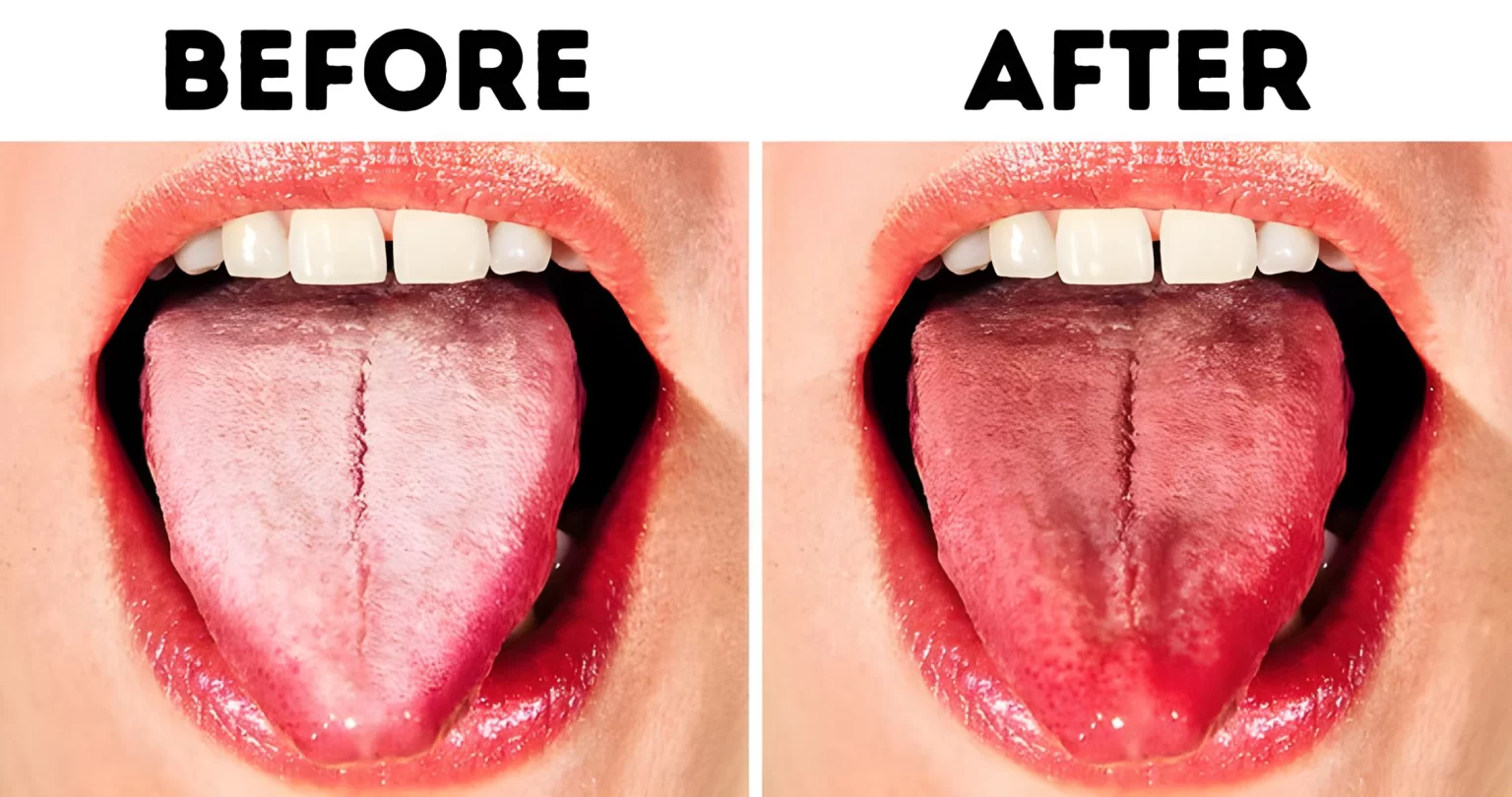This Simple Vinegar Foot Soak Will Transform Your Feet
6. Precautions and Best Practices for Vinegar Foot Soaks

First and foremost, ensure the vinegar is properly diluted. Using vinegar that is too strong can irritate your skin or cause discomfort. A typical ratio is one part vinegar to two parts water. If you have particularly sensitive skin, you may want to start with an even more diluted solution and gradually increase the concentration over time.
It's wise to perform a patch test before starting regular vinegar foot soaks. Apply a small amount of diluted vinegar to a patch of skin on your foot and wait 24 hours to check for any adverse reactions. If you experience redness, itching, or irritation, vinegar foot soaks may not be suitable for you.
Keep your foot soak duration reasonable. While it might be tempting to soak your feet for longer—especially if it feels soothing—prolonged exposure to vinegar can potentially dry out your skin. Stick to 15 to 20 minutes per soak, unless advised otherwise by a healthcare professional, and limit soaks to two to three times per week.
Always use fresh, clean materials for each foot bath. Do not reuse the vinegar solution, as it can harbor bacteria. Ensure your foot basin is clean before each use to prevent the spread of any potential infections.
Be cautious if you have any open wounds, cuts, or sores on your feet. Vinegar's acidic nature can cause stinging or irritation in these areas. If you have breaks in your skin, wait until they heal before conducting a vinegar foot soak.
If you have diabetes, peripheral neuropathy, or any condition that affects circulation in your feet, consult your healthcare provider before using vinegar foot soaks. These conditions can make your feet more susceptible to infection or injury, and vinegar soaks may not be appropriate.
Pay attention to the temperature of your foot soak. The water should be comfortably warm, not hot. Excessively hot water can dry out your skin and potentially cause burns, especially if you have reduced sensation in your feet.
Ensure your feet are thoroughly dried after your foot soak, especially between the toes. Leaving your feet damp can create an environment conducive to fungal growth, negating the benefits of your vinegar soak.
While vinegar foot soaks offer benefits, they should not replace proper foot hygiene or medical treatment for serious foot conditions. Consult a podiatrist or healthcare provider if your foot problems persist.
Consider the type of vinegar you use. While apple cider vinegar is often preferred for its additional health benefits, white vinegar can be equally effective. Avoid balsamic or other flavored vinegars, as they may contain ingredients that irritate your skin.
If you include essential oils in your foot soak, ensure you research their proper use and dilution. Some essential oils can be irritating at high concentrations. Use only high-quality, pure essential oils, and never apply them directly to your skin without proper dilution.
Finally, listen to your body. If vinegar foot soaks cause any discomfort, irritation, or adverse effects, discontinue use and consult a healthcare professional. What works for one person's foot care routine may not be safe and effective for another; it's essential to find what suits you personally.








